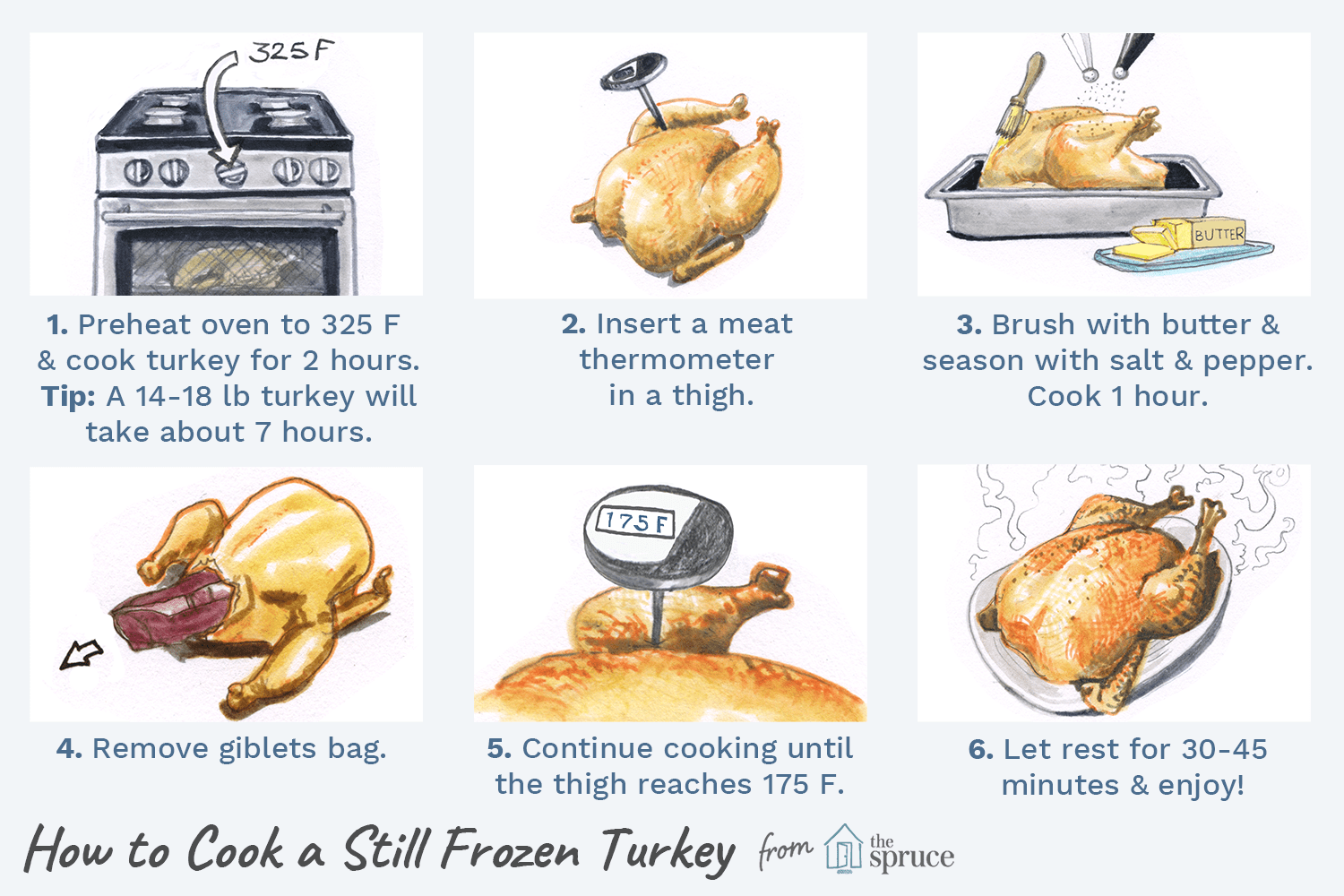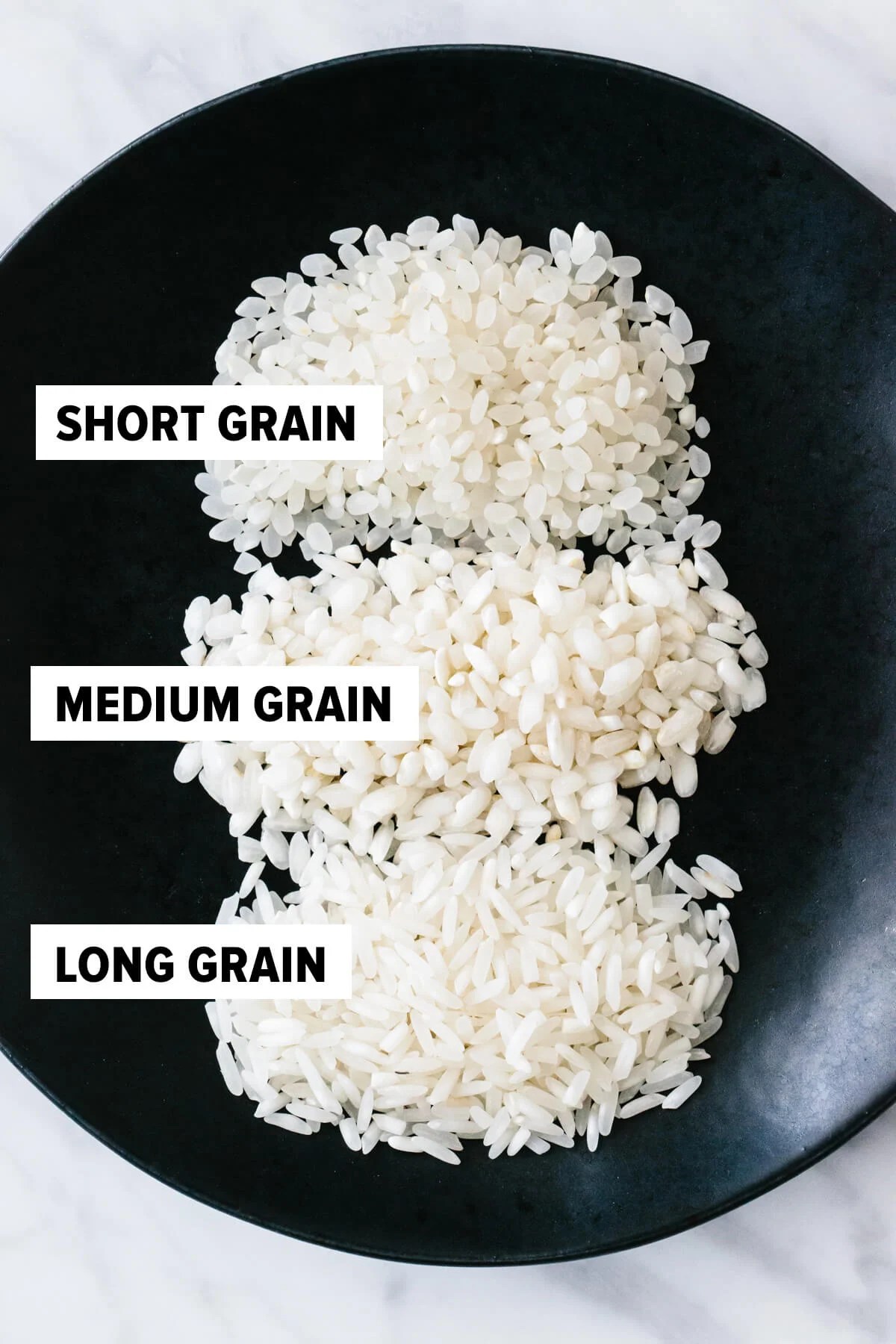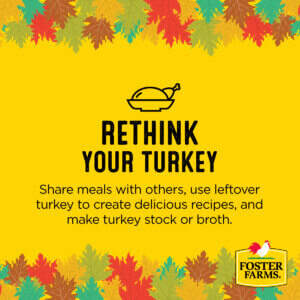
There are many different levels of difficulty when it comes cooking skills for children. While the basic techniques can be used by younger children, older children might need assistance. Three to five year olds is the best age. These are some of our recommended kitchen tasks for children. You can also use these activities as a springboard for more complex cooking or grocery list preparation. No matter what age you are, basic cooking skills can be learned by children from an early age.
Basic cooking skills
You can help your child learn how to cook, or improve their cooking skills. Basic cooking skills are vital for any mealtime. While there are several age-appropriate cooking skills for kids, some require more supervision than others. These are the top guidelines you should remember.
Age ranges
Children can learn basic hand washing skills at this age and can follow simple recipes. They can also do their own work. They will eventually learn how to put together food. It is a great opportunity to introduce them to basic kitchen tools such as the oven. As they grow and learn, they will be able to modify recipes and use more advanced kitchen appliances.
Techniques
Cooking with your children has a number of benefits. It is a great way of bonding with your child and building vocabulary. It's a fun way for you to share some responsibility. Cooking with a toddler takes patience, time and effort. Simple recipes should be easy enough for them to master. Make sure you choose recipes that are quick to prepare. Consider dishes with unusual textures and colours. These techniques will make cooking fun for everyone.

Getting kids involved in the kitchen
Making dinnertime more fun is possible by getting kids involved in the cooking process. It can also help children learn important life skills. While they aren't necessarily skilled cooks, newborns can learn how to cook basic dishes in the kitchen. You can make it more fun for them to be involved in the kitchen. As they age, they will become more interested in cooking. They will naturally be more curious about the kitchen as they grow older.
Presentation of food
It does not matter if you are cooking for your own family, or for your children. Food presentation matters. Food presentation is a key factor in children's eating habits. Here are some suggestions to help your food look its best. Fun garnishes such as carrot curls or radish roses are also possible. It is important to keep children safe when handling knives. Asking an adult to assist them with knife use is a good idea if they have any questions.
Measurements
Math skills can be improved by teaching your children how to measure. There are many benefits to teaching your child this skill, including improving their sense of time. The children will be able compare quantities and estimate using cups and utensils. These skills will prove to be valuable when students move on to more complex math classes like pre-algebra, geometry, and other advanced mathematics. But this is not all. Children will develop fine motor skills, enhance their sequencing skills, increase their reading ability, and improve their fine motor skills.
Developing self-confidence
It is a great way for children to develop self-confidence through their cooking skills. Learning how to cook from scratch is a better way to teach children healthy habits that will last into adulthood. It gives them something to be proud of and boosts their self-confidence. Cooking is a great way to build family bonds and instill a sense o responsibility in your child.

FAQ
Do I have to buy ingredients in order to cook?
You don't necessarily need to buy any ingredients. Most grocery stores sell premade sauces and other items you can use as substitutes. Pre-made meals are a great way to save money.
Where can I buy good quality kitchen equipment?
You can buy high-quality kitchen gear online. There are many online shops that sell all sorts of kitchen tools. You should read user reviews and ratings before purchasing any kitchen tools. Ask others who have used similar items if you would like to recommend them.
What's the difference between a professional chef and an amateur cook?
A chef is someone who prepares food for others. A cook prepares food for himself or herself. While both jobs involve the preparation of food, a chef interacts directly with his customers. This may mean that they might have to choose what to cook for guests depending on their preferences. The cook does not have to interact directly with customers. Instead, he or she ensures that the food tastes good before serving it to anyone.
How can I cook like a professional?
Cooking can help you become a better person. It is a great way for self-confidence to learn how to cook healthy food. If you want to be able to cook well, then start cooking at home. The first step is to find out what kind of recipes you like. Next, study books about different foods like Chinese, Mexican and Italian. Finally, make sure you practice different recipes until you feel confident.
How can I learn more about cooking?
You can find cooking classes all across the country. Many schools offer courses in baking, pastry, and wine tasting. A local community college, vocational school, or private institution can offer classes in cooking.
Statistics
- The median pay for a chef or head cook is $53,380 per year or $25.66/hour, according to the U.S. Bureau of Labor Statistics (BLS). (learnhowtobecome.org)
- under 10 Kids have been taught that there is special food just for them, and Fiese says that 10 percent of kids will throw a tantrum if they don't get the food they want. (washingtonpost.com)
- According to the BLS, chefs earn $58,740 a year. (learnhowtobecome.org)
External Links
How To
How to cook a Steak
The type of meat you are cooking will determine the right method to use. Thicker steaks should be cooked over low heat. Thicker steaks will need to cook at higher temperatures.
They will lose their flavor if they are overcooked. And remember always to remove the steak from the pan when it's done - this way, you won't burn yourself.
Cooking times vary depending on the size and degree of doneness desired. These are some guidelines:
Medium Rare: Cook until medium-rare, which is when the internal temperature reaches at least 145degF (63degC). This takes between 3 and 5 minutes per side.
Medium: Cook till medium. This takes approximately 6 minutes per side.
When done well, cook until the internal temperatures reach 180°F (82°C). This typically takes 8-12 minutes per side.